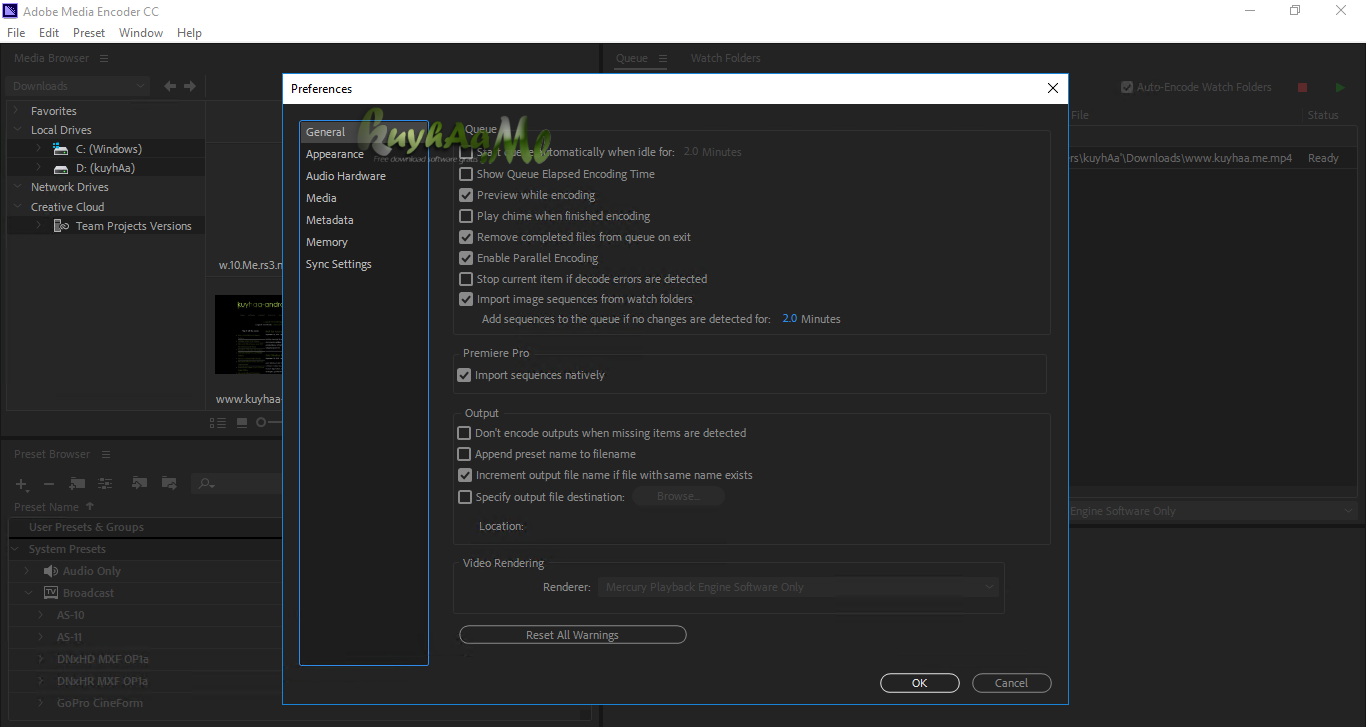Excel VBA – Dynamic Userform Dashboard. Check the link provided there is a download file for you to test. I have learnt alot from the many examples found on. Download Excel VBA macro examples. From this page you can download Excel spreadsheets with VBA macro examples. The files are zip-compressed, and you unzip by right-clicking (once the file is downloaded) and choose 'Unpack' or whatever Windows suggests.
Explanation: whenever you enter a value in the ID text box, Excel VBA loads the corresponding record. When you click the Edit / Add button, Excel VBA edits the record on the sheet or adds the record when the ID does not yet exist. The Clear button clears all the text boxes. The Close button closes the Userform. To create this Userform, execute the following steps.
If the Project Explorer is not visible, click View, Project Explorer. Click Insert, Userform.
If the Toolbox does not appear automatically, click View, Toolbox. Your screen should be set up as below. Add the labels, text boxes (first at the top, the second below the first, and so on) and command buttons. Once this has been completed, the result should be consistent with the picture of the Userform shown earlier.
For example, create a text box control by clicking on TextBox from the Toolbox. Next, you can drag a text box on the Userform. Maksim mrvica nostradamus noti.
You can change the names and the captions of the controls. Names are used in the Excel VBA code.

Captions are those that appear on your screen. It is good practice to change the names of the controls, but it is not necessary here because we only have a few controls in this example. To change the caption of the labels, text boxes and command buttons, click View, Properties Window and click on each control. To show the Userform, place a on your worksheet and add the following code line. 
Private Sub CommandButton3_Click() Unload Me End Sub Explanation: this code line closes the Userform. Time to create the subs. You can go through our chapter to learn more about subs. If you are in a hurry, simply place the following subs into a module (In the Visual Basic Editor, click Insert, Module). First, declare three variables of type Integer and one variable of type Boolean. Declare the variables in the General Declarations section (at the top of the module). This way you only have to declare the variables once and you can use them in multiple subs.
Sub GetData() If IsNumeric(UserForm1.TextBox1.Value) Then flag = False i = 0 id = UserForm1.TextBox1.Value Do While Cells(i + 1, 1).Value ' If Cells(i + 1, 1).Value = id Then flag = True For j = 2 To 3 UserForm1.Controls('TextBox' & j).Value = Cells(i + 1, j).Value Next j End If i = i + 1 Loop If flag = False Then For j = 2 To 3 UserForm1.Controls('TextBox' & j).Value = ' Next j End If Else ClearForm End If End Sub Explanation: If the ID text box contains a numeric value, Excel VBA searches for the ID and loads the corresponding record. We use the to easily loop through text boxes.
If Excel VBA cannot find the ID (flag is still False), it empties the second and third text box. If the ID text box does not contain a numeric value, Excel VBA calls the ClearForm sub. Add the ClearForm sub.